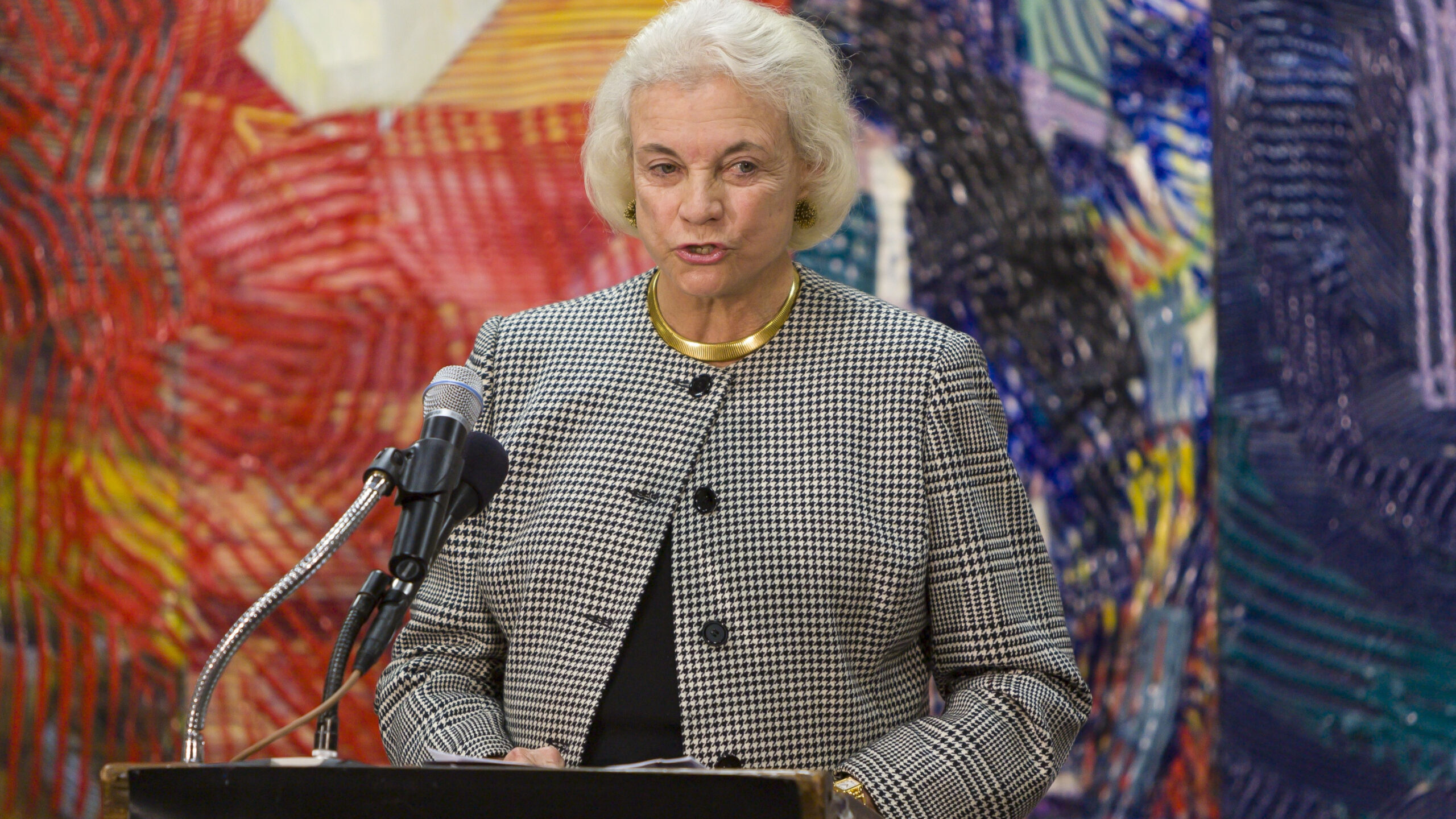What the Release of Star Wars: The Force Awakens Teaches Us About Copyright Policy: Part I
This past weekend, the latest installment of the Star Wars saga set box office records ($247 million in North American ticket sales) while receiving broad critical acclaim (95% positive reviews). The film’s enormous success teaches us important lessons about copyright policy. This post discusses how the Star Wars saga demonstrates the degree to which creative works rely on pre-existing works, thereby highlighting the importance of limitations and exceptions in copyright law. Tomorrow’s post will focus on how the film’s huge revenues undermine entertainment industry claims that online infringement causes significant harm necessitating legislative reform.
In 1845, Justice Story wrote:
In truth, in literature, in science and in art, there are, and can be, few, if any, things, which, in an abstract sense, are strictly new and original throughout. Every book in literature, science and art, borrows, and must necessarily borrow, and use much which was well known and used before…The thoughts of every man are, more or less, a combination of what other men have thought and expressed, although they may be modified, exalted, or improved by his own genius or reflection.
The Star Wars films borrow heavily from what “was well known and used before.” The films thus prove the imperative of copyright limitations and exceptions to promoting creativity.
Star Wars incorporates the archetypes of mythology outlined by Joseph Campbell in The Hero With a Thousand Faces. Campbell argued that myths from around the world are built on the same set of elementary ideas or archetypes. George Lucas read Campbell’s book in college and rediscovered it while he was writing the screenplay for Star Wars. (Instructors have developed course curricula showing the extent to which Star Wars follows the classic hero’s journey. The Smithsonian’s Air and Space Museum had an exhibit on the 20th anniversary of the release of Star Wars where “original props, models, costumes, characters, and artwork from the Star Wars trilogy are used to compare elements of the films to elements of mythology, following a classic mythological ‘hero’s journey.’”)
In particular, Star Wars bears significant resemblance to Arthurian mythology with respect to plot and character development. Both King Arthur and Luke Skywalker are obscure orphans who later become heroes in early adulthood. Both have older mentors (Merlin in the case of Arthur and Obi-Wan Kenobi and Yoda in the case of Luke Skywalker) who provide them with guidance and training. Similarities have been identified between Arthur’s father, Uther Pendragon, and Luke’s father Anakin Skywalker.
Many elements of the Star Wars films, including characters and plots twists, appear derived from other science fiction films such as the Flash Gordon and Buck Rogers serials. Indeed, George Lucas stated that he originally intended to make a new version of Flash Gordon, but was unable to secure the rights. Nonetheless, Luke Skywalker, Han Solo, Princess Leia, Chewbacca, and Emperor Palpatine all have Flash Gordon parallels: Flash Gordon, Prince Barin, Princess Aura, Prince Thu, and Ming the Merciless, respectively. There also are similarities in settings such as the Death Star and Mongo; and Cloud City and the Court of the Skymen. Moreover, the opening text crawl of Star Wars has the same style as the text opening of chapters in the Flash Gordon serial.
George Lucas also was influenced by the films of Akira Kurosawa. The Jedi order mimics the samurai order as portrayed in the Seven Samurai. Luke and Obi-wan’s relationship resembles that of young samurai Katsushiro and the older ronin Shimada Kambei. The choreography of the lightsaber duels tracks the samurai sword combat. Further, Lucas borrowed from Kurosawa the use of horizontal wipes to transition from one scene to another. Lucas acknowledged that the bickering peasants in Kurosawa’s The Hidden Fortress inspired the dynamics between R2-D2 and C-3PO. Likewise, the actions of the general and the princess in The Hidden Fortress seem to have informed the actions of Obi-wan, Princess Leia, and Queen Amidala. Additionally, film critics have found striking resemblances between scenes in Kurosawa’s Dersu Uzala and The Empire Strikes Back (Star Wars Episode V).
Lucas noted that his films contain references to John Ford’s The Searchers and David Lean’s Lawrence of Arabia. Luke’s discovery of the burning moisture farm in Star Wars resembles a scene in The Searchers, as does the Tusken Raiders sequence in Attack of the Clones (Star Wars Episode II). The scene of Padme and Anakin walking through the Theed palace in Attack of the Clones is shot in the same manner as the scene of Allenby and Dryden walking through the British Headquarters in Cairo in Lawrence of Arabia. The death scene of Yoda in Return of the Jedi (Star Wars Episode VI) is almost shot-for-shot the same as the death of the mystical High Lama in Frank Capra’s Lost Horizon. The pod racing sequence in The Phantom Menace (Star Wars Episode I) was inspired by the chariot race in Ben Hur. The climactic moment of Sebula’s pod attaching to Anakin’s pod matches Messala’s chariot locking wheels with Ben Hur’s chariot. The climactic assault on the Death Star in A New Hope (Star Wars Episode IV) echoes the RAF’s precision attack on a dam in the British World War II film Dam Busters, including near identical dialogue. (The special effects photographer for Dam Busters, Gilbert Taylor, was the cinematographer for A New Hope.)
Lucas’s depictions of marching stormtroopers resemble the scenes of marching soldiers in Leni Riefenstahl’s Nazi propaganda film, Triumph of the Will. The droid C-3PO bears resemblance to the robot Maria in Fritz Lang’s Metropolis. The Star Wars films also contain references to the Sergio Leone Spaghetti Western Once Upon A Time in the West, Stanley Kubrick’s 2001: A Space Odyssey, Sergei Eisenstein’s The Battleship Potemkin, and Francis Ford Coppola’s The Godfather.
Isaac Asimov asserted that the Star Wars saga bore many similarities to his Foundation series. Likewise, Frank Herbert identified 37 similarities between Star Wars and his Dune series.
As I viewed The Force Awakens this past weekend, the new heroine introduced in the film, Rey, seemed very familiar. Then it hit me—Rey was modeled on Katniss Everdeen from the Hunger Games (played by Jennifer Lawrence) and Beatrice Prior from Divergent (played by Shailene Woodley).
Creativity does not occur in a vacuum. Consciously and unconsciously, artists incorporate and respond to elements of existing works that are part of their environment. Recognizing this, courts and Congress have developed various limitations on copyright, such as the public domain, copyright term, the idea/expression dichotomy, the merger and scenes a faire doctrines, and fair use to ensure that artists can reflect and build upon existing works in their creative endeavors. The entire Star Wars saga, including the most recent episode, reminds us that too much copyright protection stifles creativity. Congress, the Administration, and the Copyright Office must bear this in mind as they develop and implement copyright policy.








